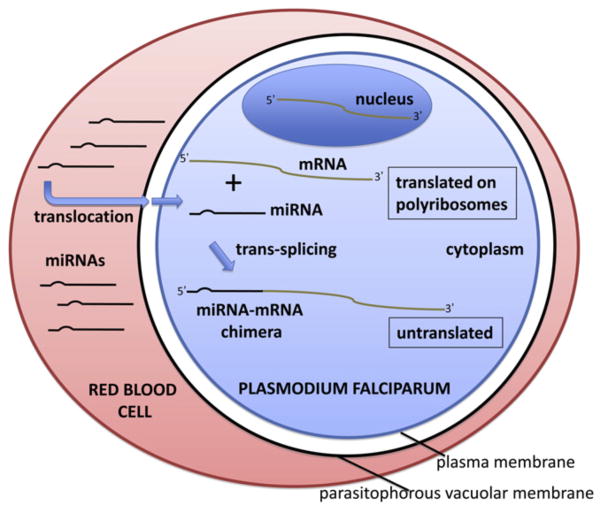Figure 1. Model for the Inhibition of Plasmodium falciparum Growth by Red Blood Cell miRNAs.
The P. falciparum parasite invades and grows within the host erythrocyte. Red blood cell miRNAs, enriched in sickle cells, translocate to the parasite cytoplasm, crossing over both the parasitophorous vacuolar membrane and the parasite plasma membrane. Within the parasite cytoplasm, the miRNAs are trans-spliced onto the 5′ ends of specific parasite mRNA transcripts, forming miRNA-mRNA chimeras. These chimeras are unable to be loaded onto poly-ribosomes or translated, resulting in the inhibition of parasite growth.

